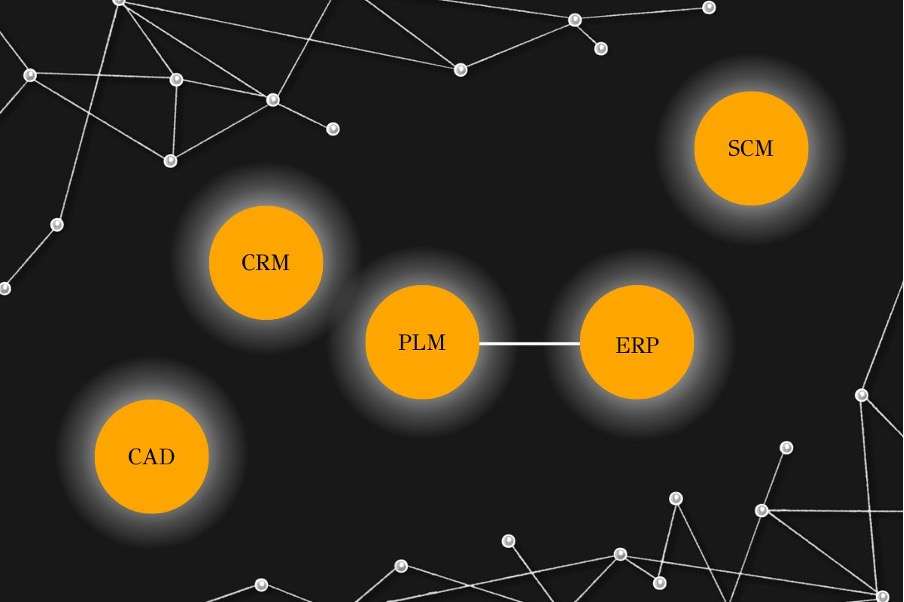From PLM to AI: The Leadership Decision That Will Define Fashion’s Future
Missed approvals. Slipped deadlines. Teams chasing updates across email, spreadsheets, and suppliers in different time zones. For fashion brands, the result is clear: calendar misalignment and margin erosion on a scale no executive can afford to ignore. Industry reports suggest that seasonal delays can erode 10–15% of potential margin, compounding year after year.
PLM was supposed to fix this. And for a time, it did—connecting design, development, and sourcing in a single platform. But today, even the most sophisticated PLM deployments are stretched to breaking point. They can surface data, but they cannot act on it. The future demands more.
What’s coming is not another system upgrade. It’s a fundamental shift: the arrival of intelligent, autonomous AI agents operating inside fashion’s value chain.
From Tweak to Transformation
For more than two decades, PLM has been fashion’s digital backbone. But PLM was never designed for an era of ecosystems that change minute by minute. Its workflow engines rely on manual inputs, its approvals move at human speed, and its integrations are patchwork at best.
“PLM was never built to collaborate with every system in a brand’s ecosystem,” says Mark Harrop, founder of WhichPLM. “It requires manual inputs to support critical paths and workflows. The reality today is that workflow engines within PLM simply aren’t capable of managing the inputs and outputs of all the solutions and communications happening every minute, hour, or day.
“That means management teams are still relying on humans to constantly chase each and every approval—or disapproval. Without an AI-driven internal clock, connected via APIs to the ecosystem, we simply can’t know where we are in real time. And the result is inefficiency on a massive scale.”
This is why the next leap won’t come from tweaking PLM. Incremental gains won’t save brands from systemic inefficiency. The real transformation will come from connecting existing systems to intelligent, autonomous agents that can orchestrate work in real time.

Lessons From Fashion’s Past
Every leap in fashion has followed a leap in technology. The sewing machine industrialised garment-making, cutting production time from days to hours. CAD and CAM digitised design and pattern cutting, reducing waste and accelerating development. In the 1980s, PDM digitised garment specifications. By the early 2000s, PLM connected entire value chains.
What unites each of these shifts is not gradual improvement, but total reinvention. Once the leap happened, it became irreversible. And every time, the brands that moved first gained an advantage that laggards could never recover.
That’s the stage the industry is at now—with AI.
The New Colleagues: Near-Future Case Studies
In 2026, a global apparel leader pilots TimeClock, an AI orchestrator integrated into its PLM. A lab-dip approval in New York runs two days late. Before the delay cascades across the supply chain, TimeClock automatically pings the colourist, alerts sourcing, and updates the PLM in real time. By the time London wakes up, the calendar is back on track—no chasing, no firefighting.
Another brand tests TrendScout AI, monitoring cultural signals, social data, and engagement metrics. When it identifies a surge in Seoul-inspired tailoring, TrendScout matches it against design DNA and recommends reusing two existing blocks. Sketching begins before breakfast.
Meanwhile, CostWizard runs sourcing scenarios at scale, balancing freight, duties, and carbon impact across Vietnam, Bangladesh, and Turkey. Finance signs off in minutes, not weeks.
These aren’t sci-fi imaginings. In logistics, AI agents already reroute shipments in real time to avoid bottlenecks. In finance, they simulate risk scenarios across global portfolios. Fashion will follow—and soon.

Why This Change Matters
At the centre of every seasonal delay is the calendar. One missed approval, one late material, one overlooked update—and the entire season slides. The cost is real: each day of delay can erode a brand’s annual margin by several percentage points.
Yet PLM can’t prevent this. It can record delays, but it can’t resolve them. Which is why Harrop argues that AI agents must step in to handle the “spaces between”—those countless handoffs between systems, suppliers, and teams that humans struggle to manage at scale.
“If you can remove bottlenecks and keep every step in sync,” Harrop says, “you change the economics of a season.”
For executives, the advisory is simple: AI is not a shiny add-on. It is the missing orchestration layer that can restore discipline to calendars and resilience to margins.
The Window Won’t Stay Open
History makes one fact clear: the brands that hesitated on each past technology leap never caught up. The same will be true for AI.
Leaders must act now. Start small, with pilots—TrendScout, TimeClock, or EnviroGuard. Use each deployment to validate value. But don’t stop there. Create a cross-functional AI strategy taskforce spanning design, sourcing, finance, and sustainability. Treat AI adoption as structural, not experimental.
The decision is not whether AI agents will enter fashion. They will. The decision is whether your brand will lead with them—or chase from behind.
Fashion has always been about patterns—in fabrics, in culture, in the rhythms of seasons. AI is about patterns too—in data, behaviour, and choice. Together, they represent the industry’s next great leap.
And the call to leadership is clear: you can stitch the future on your own terms, or watch as others cut ahead, the clock is truly ticking.
Mark Harrop




